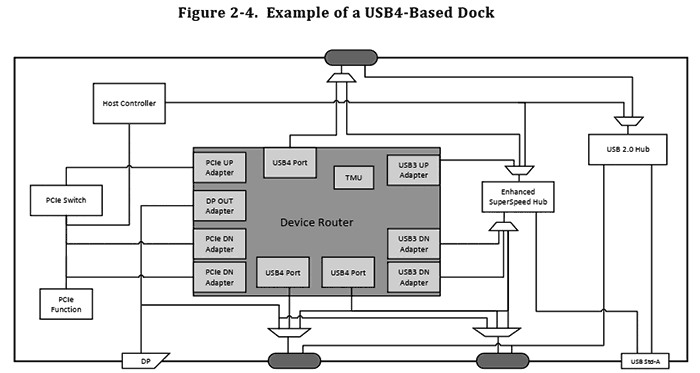The USB Implementers Forum (USB-IF) has announced that it has published the USB4 specification. USB4's architecture is based upon the Thunderbolt protocol specification, recently contributed by Intel Corporation to the USB Promoter Group. The headlining quality of USB4 is that it doubles the maximum aggregate bandwidth of USB (in its dual-lane implementation) and enables multiple simultaneous data, display and power delivery protocols.

A doubling of speed compared to USB 3.2 should see a leap in speed from 20Gbps to 40Gbps when users employ certified cables, says the USB-IF. It is thought that the speed boost could precipitate a new class of high-speed devices. For example, the USB-IF has highlighted multiple displays and data devices can connect via a USB4 port and efficiently share the maximum aggregate bandwidth. This would be especially welcome on compact smart devices where port selection is very much constrained.

Importantly, even as the USB4 specification introduces a new underlying protocol, "compatibility with existing USB 3.2, USB 2.0 and Thunderbolt 3 hosts and devices is supported," asserts the USB-IF. Backwards compatibility has always been a strong point with the advancement of the USB interface.
Now that the USB4 specification has been finalised and published we can expect device makers to start to implement the interface in their latest consumer products. The first USB4 devices are expected in 2020, but we are most interested about when PC enthusiasts might start to see the interface begin to appear on laptops, motherboards and PC chassis.
You can download the full 569 page USB4 specification 1.0 here.






